Finding the best walking shoes for women has become more crucial than ever as we move through 2025. Despite advances in footwear technology, many women still suffer from preventable foot pain, blisters, and fatigue simply because they're wearing improperly tested shoes. According to recent studies, over 70% of women wear ill-fitting footwear that can lead to long-term foot problems.
Furthermore, with post-pandemic travel booming and walking tours becoming the preferred way to explore destinations, your choice of shoes directly impacts your daily comfort and mobility. Importantly, expert testing now includes rigorous real-world simulations that go beyond laboratory conditions, ensuring the shoes you buy actually perform as promised. This guide examines why expert-tested walking shoes matter, how professionals evaluate them, and which models stand out in 2025 for different needs and preferences.

Why expert-tested shoes matter more than ever in 2025
Gone are the days when women simply bought walking shoes based on style or brand name alone. In 2025, expert-tested footwear has become essential as our understanding of foot health reaches unprecedented levels.
The rise of foot health awareness
This growing disconnect between foot pain and proper care has prompted podiatrists and foot health experts to sound the alarm. Moreover, as innovations in treatment options emerge—including ergonomic footwear, lifestyle modifications, and even regenerative medicine—consumers need reliable guidance more than ever 1.
Foot pain creates cascading problems throughout daily life. Survey data shows walking remains the most commonly affected activity, with 66% of respondents in 2025 reporting difficulty due to foot discomfort 1. Additionally, 38% struggle with exercise and 28% face challenges with household chores because of foot pain 1.
Increased travel and walking trends
Travel patterns have shifted dramatically in 2025, with walking-focused adventures seeing tremendous growth. Google Trends data shows a remarkable 300% increase in searches for "cooler holidays" in just the past 12 months 2. This reflects a broader movement toward active travel experiences rather than sedentary vacations.
Travel companies report that walking holidays have expanded their seasonal windows, with destinations like Croatia offering walking tours spanning April through October 2. Similarly, traditional summer destinations like Turkey and Greece now welcome walking tourists well into winter months.
Run clubs continue to grow in popularity this year, leading to increased instances of overuse injuries, plantar fasciitis, and Achilles issues 3. The convergence of active tourism and everyday fitness walking means women are spending more time on their feet than ever before—making proper footwear not just a comfort issue but a health necessity.
Why expert testing adds real value
What separates truly exceptional walking shoes from mediocre options? The answer lies in rigorous expert testing methodologies that go far beyond basic wear trials.
Top testing organizations now evaluate women's walking shoes through comprehensive protocols:
-
Objective measurements: Expert testers use specialized equipment like durometers to measure midsole softness (ideal shoes measure around 21.9 HA—23% softer than average walking shoes) 4
-
Structural analysis: Shoes are literally cut in half to examine stack heights, material density, and internal construction 4
-
Real-world testing: Products are tested across varied terrains including "muddy woodland paths, stony bridleways, and steep hillside trails" 5
The value of this rigorous testing becomes apparent when considering specific needs. For instance, plantar fasciitis sufferers require moderate cushioning that's "soft enough to protect the foot from impact but firm enough to prevent wobbling" 4. Only through detailed laboratory and field evaluations can consumers identify which models truly deliver on these specific requirements.
Expert testing has revealed that price doesn't always correlate with quality. In fact, four of the top five walking shoe brands cost less than £100, with some budget-friendly options scoring higher than premium models in customer satisfaction 6.
Through these comprehensive evaluations, women can now make informed decisions about which walking shoes will genuinely support their specific foot shape, walking style, and activity level throughout 2025.
How experts test walking shoes for women
Behind the perfect pair of walking shoes lies a rigorous testing process that separates truly supportive footwear from merely stylish options. Professional testing laboratories employ methodical approaches that go far beyond casual wear trials.
Comfort and cushioning tests
Expert testers evaluate cushioning through both objective measurements and subjective assessments. Using specialized equipment called durometers, they precisely measure midsole softness—ideal walking shoes typically measure around 21.9 HA, approximately 23% softer than average walking shoes 7. This balance provides enough cushioning without excessive squishiness that could lead to instability.
Lab technicians also measure stack heights using digital calipers after cutting shoes in half. The average heel stack of quality walking shoes hovers around 33.5 mm 8, with maximum cushioned options reaching up to 45 mm. Experts additionally examine:
-
Cushioning compression over time to determine longevity
-
Initial out-of-box comfort versus extended wear comfort
-
Temperature regulation and breathability during extended use 9
Durability and material analysis
Perhaps most surprisingly, professional testers literally cut shoes in half to examine internal construction 10. This destructive testing reveals hidden details about material quality and manufacturing techniques that aren't visible from the outside.
Material durability testing includes specialized protocols like:
"We use our Dremel to assess the durability of different parts of the shoe. We press it against the toebox, outsole, and heel padding... always applying the same force and speed" 11.
Specialists also subject shoes to repeated flexing at key stress points and wet-dry cycles to simulate long-term wear 9. They measure outsole hardness with HC durometers at room temperature and evaluate midsole foams' performance at freezing temperatures to understand cold-weather functionality 11.
Fit and support evaluations
Fit testing focuses on multiple areas: heel security, midfoot snugness, and toe box spaciousness. Expert testers specifically check for "a finger's width of space between your longest toe and the end of the shoe" 12 while ensuring the heel remains locked in place.
Support evaluation includes:
-
Lateral stability assessments (shoes should resist twisting when held in hand) 12
-
Arch support measurements for different foot types
-
Heel counter stiffness testing using specialized equipment 7
Testing includes examination of various arch types—flat, neutral, and high—with shoes often designed for specific foot structures 13.
Real-world usage scenarios
Laboratory testing alone isn't sufficient—professional evaluations include extensive real-world usage. Top testing organizations require testers to walk at least 10,000 steps in each pair across multiple days 9. In comprehensive tests, evaluators log more than 300 hours walking in candidate shoes 14.
Testing encompasses diverse environments including "concrete sidewalks, tile floors, gravel paths, and various indoor surfaces" 9. Experts evaluate shoes during typical daily activities such as:
"Running errands, during long days standing and walking at work, and on dedicated fitness walks" 9.
Through this combination of laboratory analysis and real-world testing, experts can identify which women's walking shoes truly deliver on both comfort and support claims—information that proves increasingly valuable as women spend more time on their feet in 2025.
What to look for when buying walking shoes in 2025
Selecting the right walking shoes requires careful consideration of specific features that impact comfort and performance. Understanding these key elements will help you find the ideal pair for your unique needs.
Fit and toe box space
Proper fit starts with having your feet measured professionally, especially since foot size changes over time 20. Always fit shoes to your larger foot, as most people have one foot slightly bigger than the other 20. Shop for shoes at the end of the day when feet are naturally more swollen 20.
The toe box deserves special attention - your toes should have enough room to spread naturally without being compressed 21. Experts recommend checking for "3/8" to 1/2" of space (about a finger's width) between your longest toe and the shoe end" 20. A roomy toe box prevents painful problems like bunions and hammertoes 5.
Arch support and heel drop
The heel-to-toe drop (height difference between heel and forefoot) significantly affects comfort. Most walking shoes feature drops between 4-8mm, placing less stress on the Achilles tendon 6. For plantar fasciitis sufferers, experts recommend around 10mm drop 22.
Proper arch support appears as a "supportive bump or curve on the insole around the midfoot" 6. Many quality walking shoes allow removal of factory inserts for replacement with custom orthotics if needed 20.
Breathability and materials
Natural materials like leather, suede, and canvas provide superior breathability compared to synthetic options 23. Shoes with mesh uppers offer consistent airflow, helping prevent sweaty feet, hot spots, and blisters 24.
Quality breathable shoes contain specific technologies that allow heat to escape, regulating foot temperature 23. This feature becomes particularly valuable in warmer weather or during extended walking sessions.
Weight and packability
Lightweight shoes reduce fatigue during extended wear. Experts consider shoes weighing 10.6 oz (300g) or less to be lightweight 24. Some innovative models now incorporate collapsible features for travel convenience, including "NosiLife mesh uppers paired with rubber outsoles" 25.
Slip-on vs lace-up
Slip-on shoes offer convenience for quick errands or travel situations requiring frequent removal 26. However, lace-ups provide superior customization, allowing you to "tailor the fit to your liking" 26.
Lace-up shoes typically offer better joint support, especially around the ankle, providing "more stability while walking for longer periods" 8. They're generally more suitable for extended walking sessions or uneven terrain where foot security is essential 27.
Common mistakes to avoid when choosing walking shoes
Even the most beautiful walking shoes can become torture devices if selected incorrectly. Many shoppers make critical errors that lead to discomfort, pain, and wasted money. Recognizing these pitfalls can save your feet on your next adventure.
Ignoring your foot type
Different foot structures require specific features for optimal support. Flat feet need shoes with good arch support and stability features, whereas high arches benefit from soft, flexible cushioning and wider toe boxes to absorb shock 28. Narrow feet require more fitted designs to prevent slipping, consequently causing blisters 28. Unfortunately, many women purchase walking shoes without considering their unique foot structure, leading to unnecessary discomfort.
Choosing style over comfort
The temptation to select fashionable shoes often overrides practical considerations. A common error is purchasing shoes without trying them on first 28. Remember: if walking shoes aren't comfortable immediately, remove them from consideration 29. No amount of "breaking in" will fix fundamentally ill-fitting shoes. As one expert notes, proper fit remains "the most crucial aspect of purchasing walking shoes" 30.
Not testing shoes before travel
First, always break in new walking shoes at least one to two weeks before travel 17. Begin by wearing them around your house with proper socks, thereafter gradually testing them on short walks and errands 17. This approach reveals any potential issues before you're committed to wearing them all day in unfamiliar territory. If discomfort persists after several short trials, reconsider packing them for your trip.
Wearing the wrong socks
Your sock choice can make or break your walking experience. Avoid 100% cotton socks as they retain moisture, unlike synthetic or cotton-synthetic blends that wick away sweat 9. Poor sock selection leads to moisture buildup—feet can produce approximately 250ml of sweat daily during strenuous activity 10. The right walking socks feature extra cushioning in high-impact areas (heel and ball of foot) plus added support around the ankle and arch 31.

Conclusion
Walking shoes matter more than you might think
Finding the perfect walking shoes requires thoughtful consideration, especially as we navigate through 2025. Throughout this guide, we've examined why expert testing matters, how professionals evaluate footwear, and which models truly stand out this year.
Women spend countless hours on their feet daily, therefore selecting proper footwear becomes not just a comfort issue but a health necessity. Expert-tested shoes provide measurable benefits backed by scientific research rather than marketing claims. Additionally, these tests reveal that price doesn't always correlate with quality—some budget-friendly options actually outperform premium models.
Walking remains one of our most fundamental activities, connecting us to our surroundings while supporting overall health. Expert-tested walking shoes simply enable you to enjoy this natural movement without discomfort or injury. After all, the right pair doesn't just protect your feet—it enhances your entire walking experience throughout 2025 and beyond.
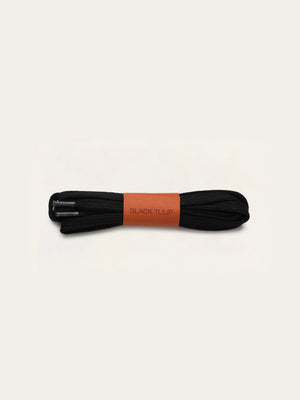
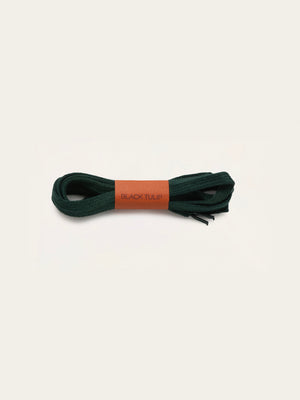
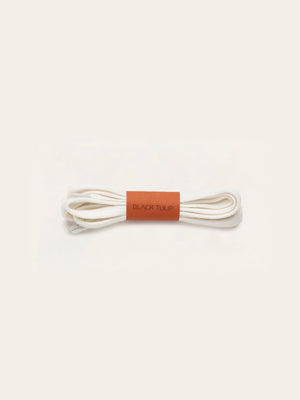
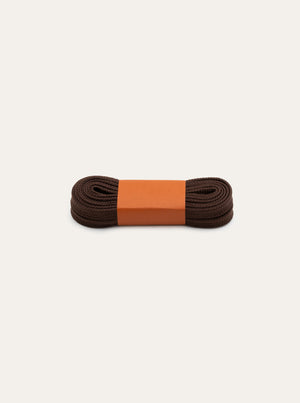
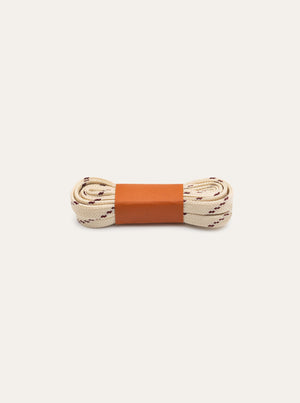
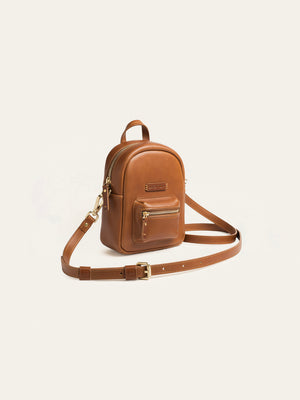
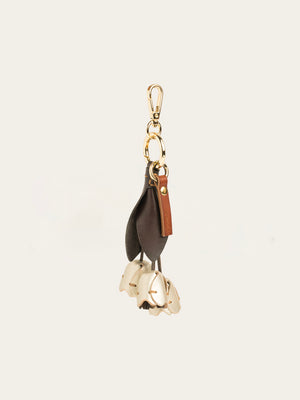
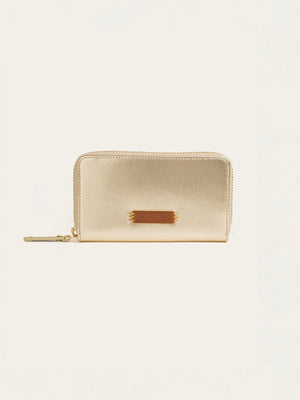



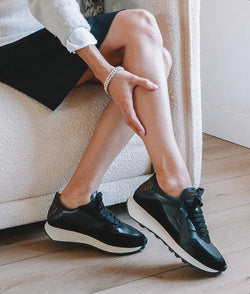
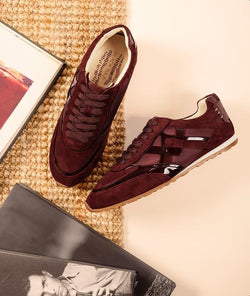
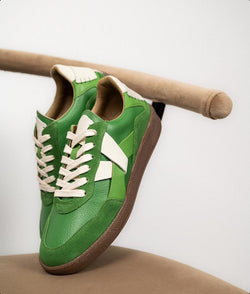
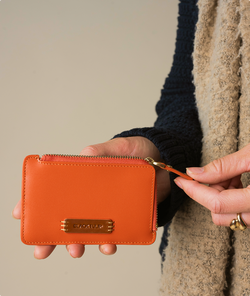
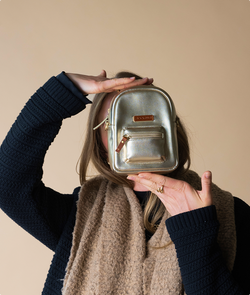
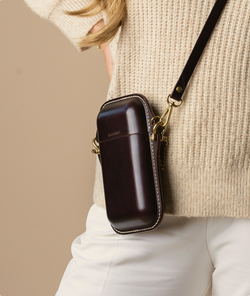





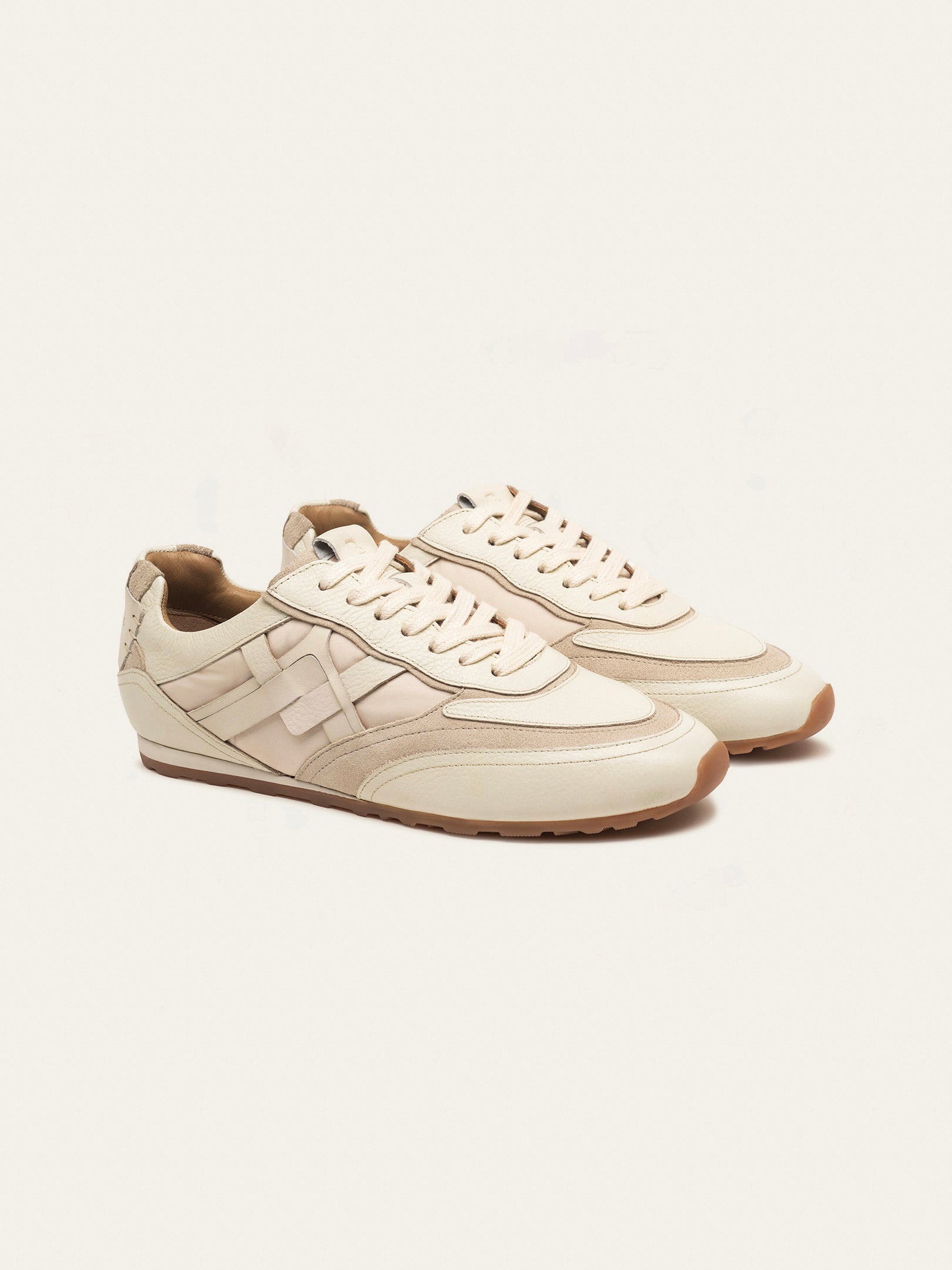
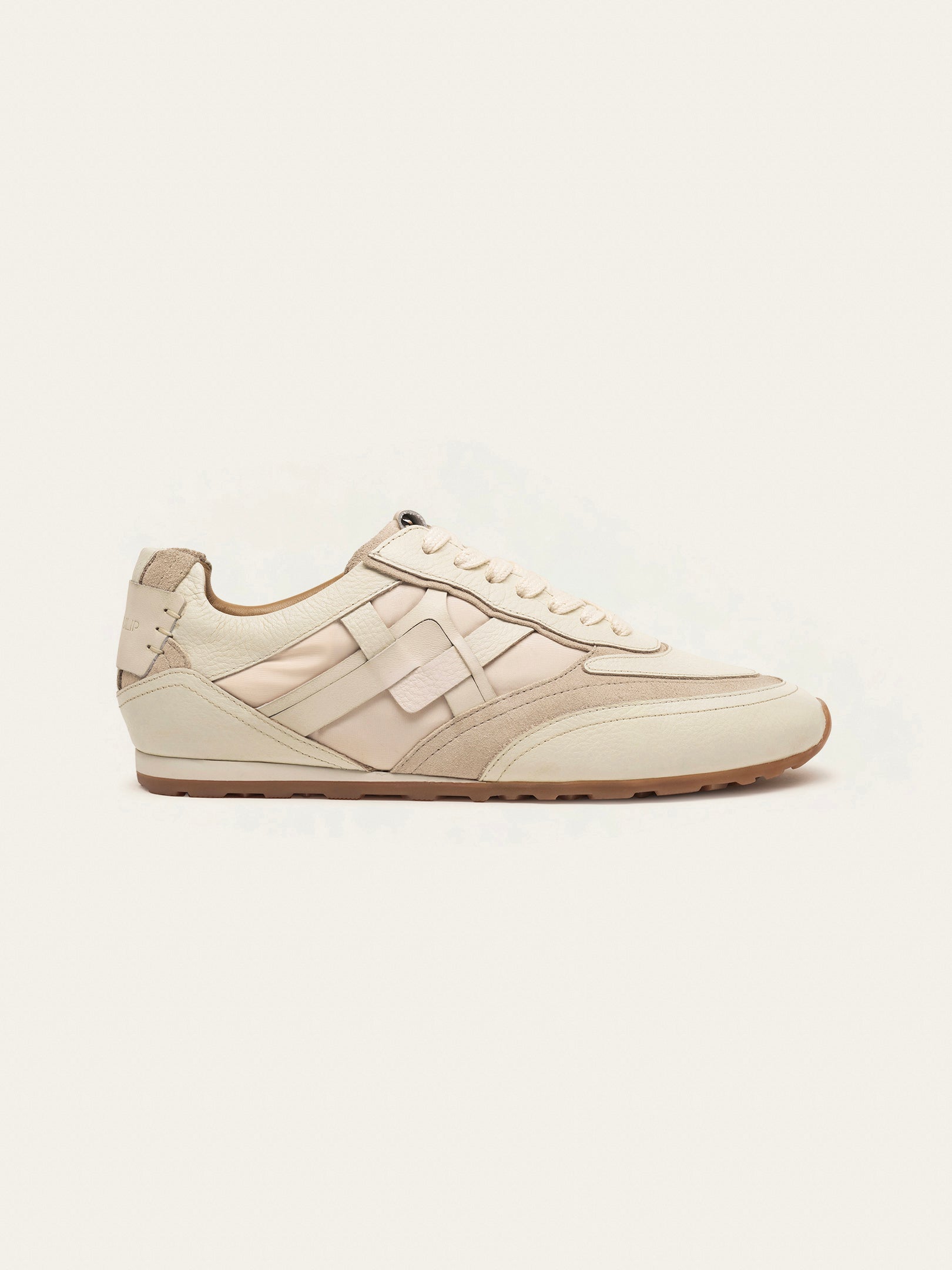
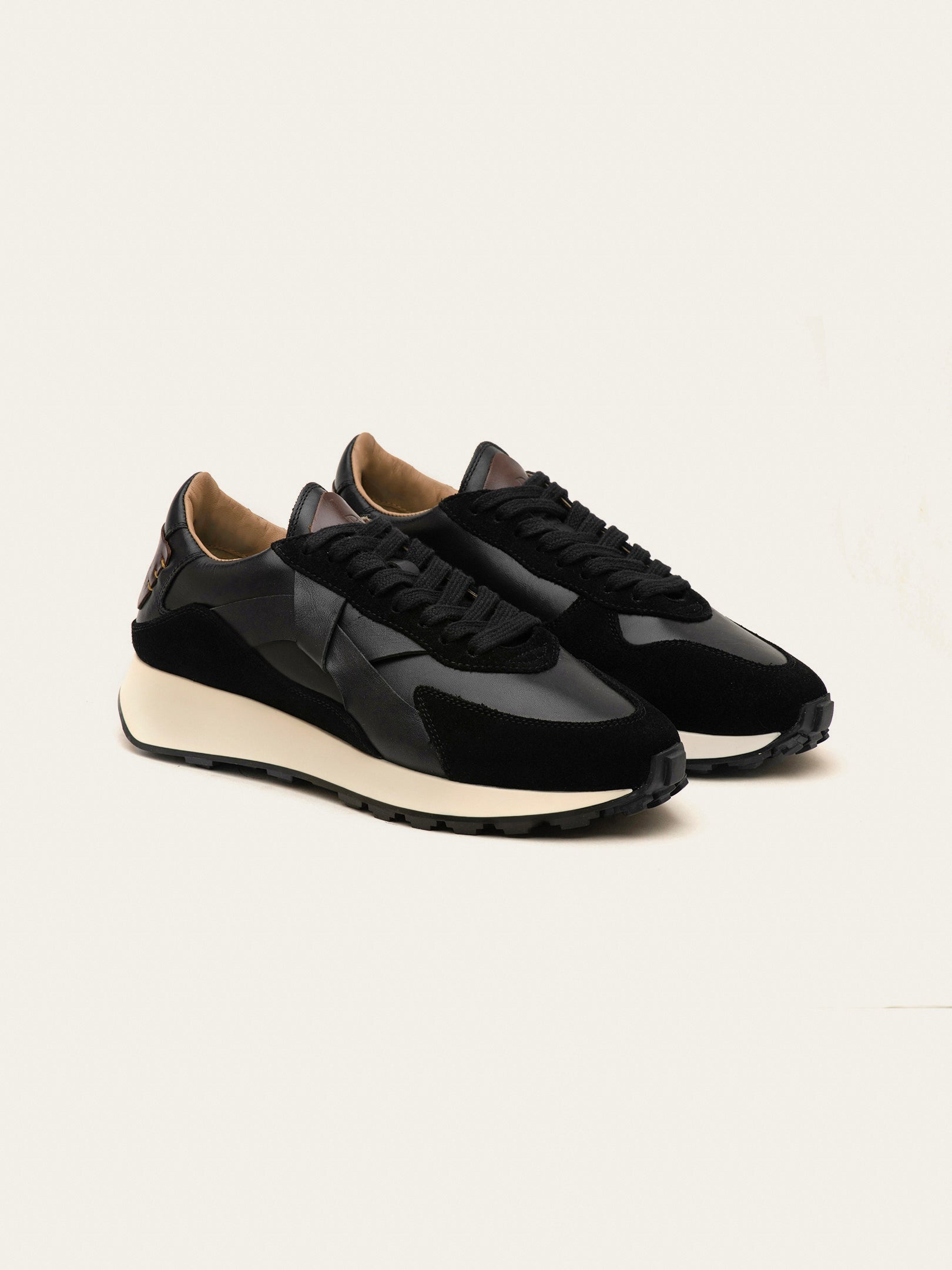
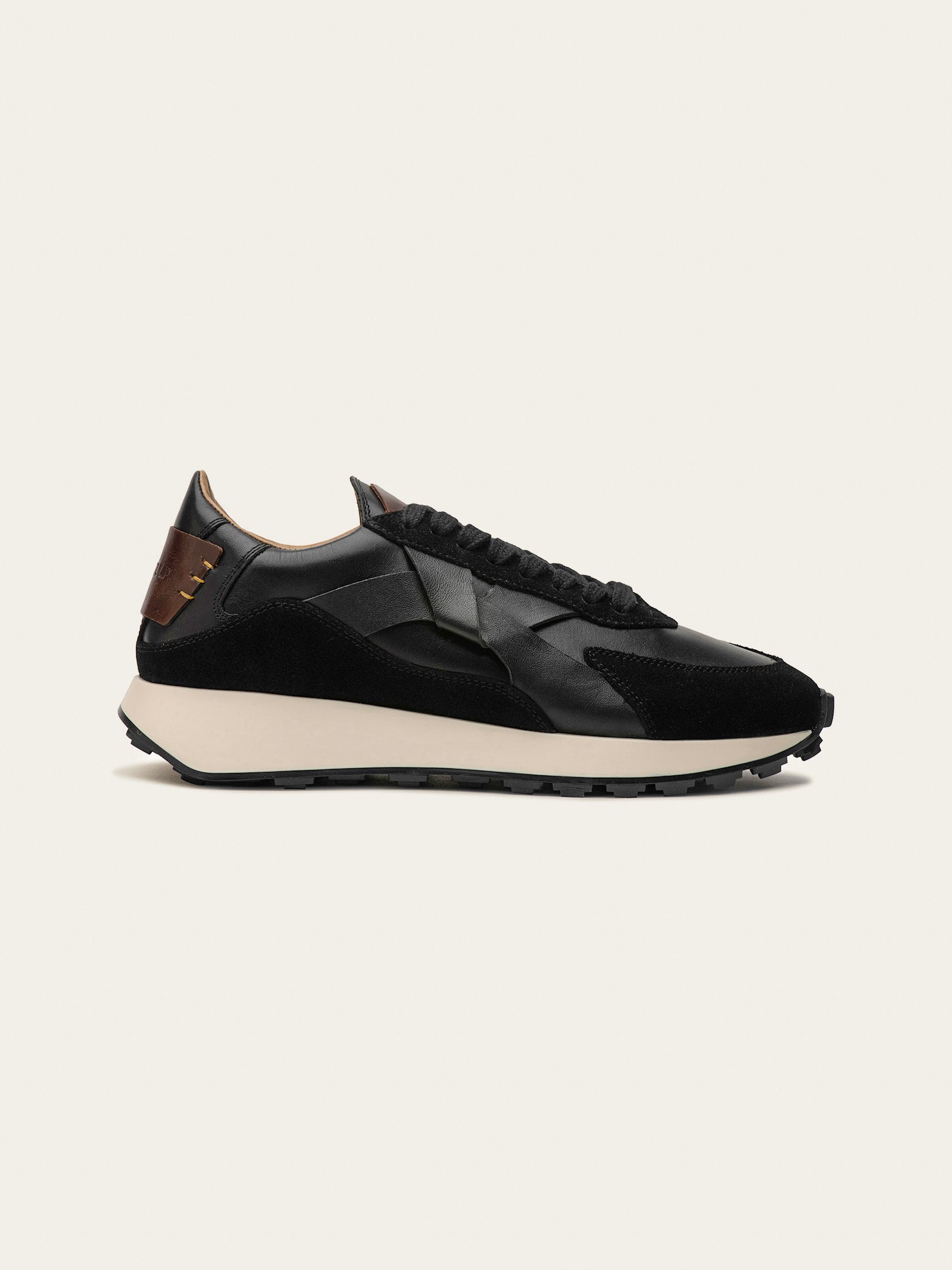
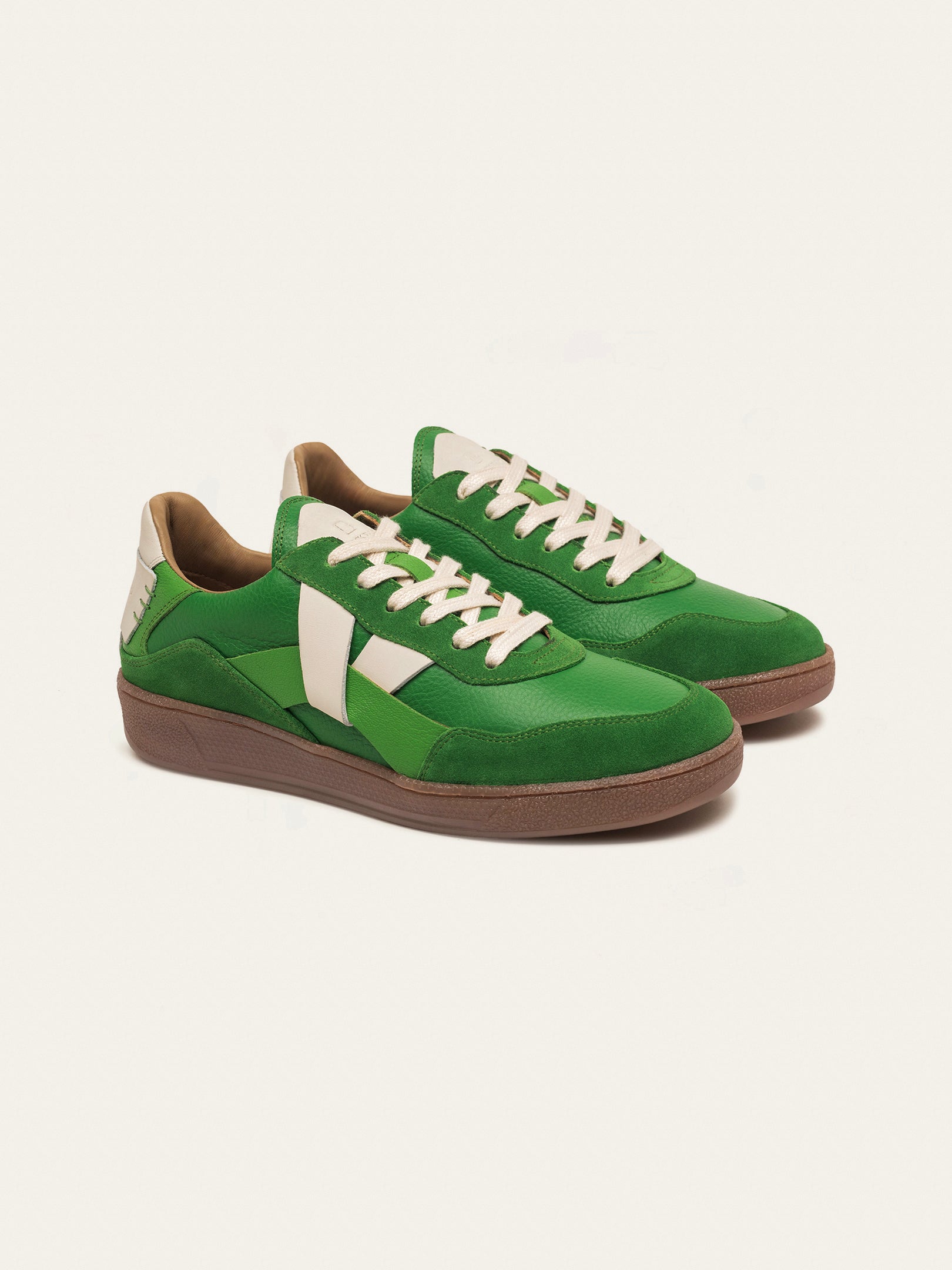
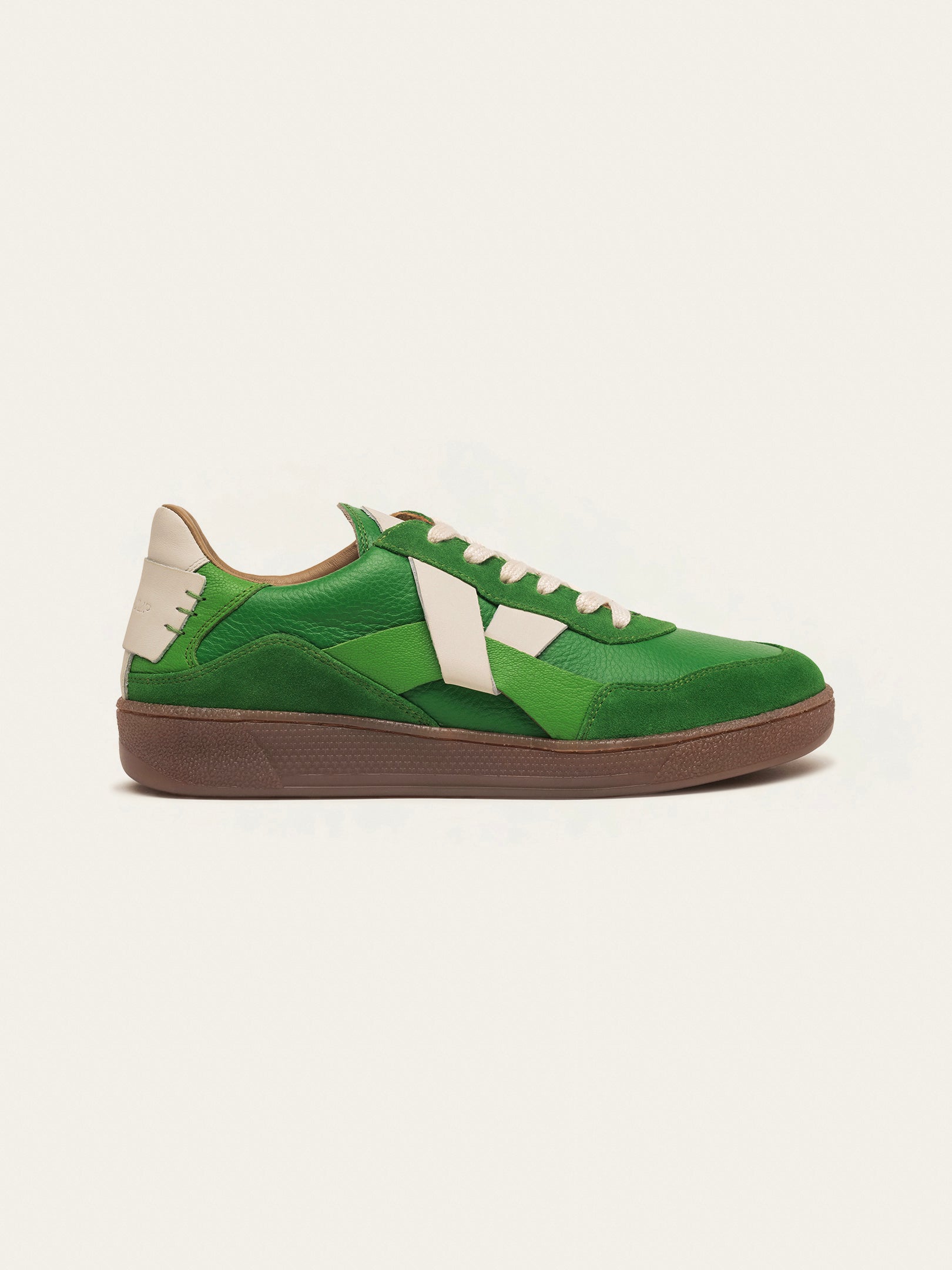
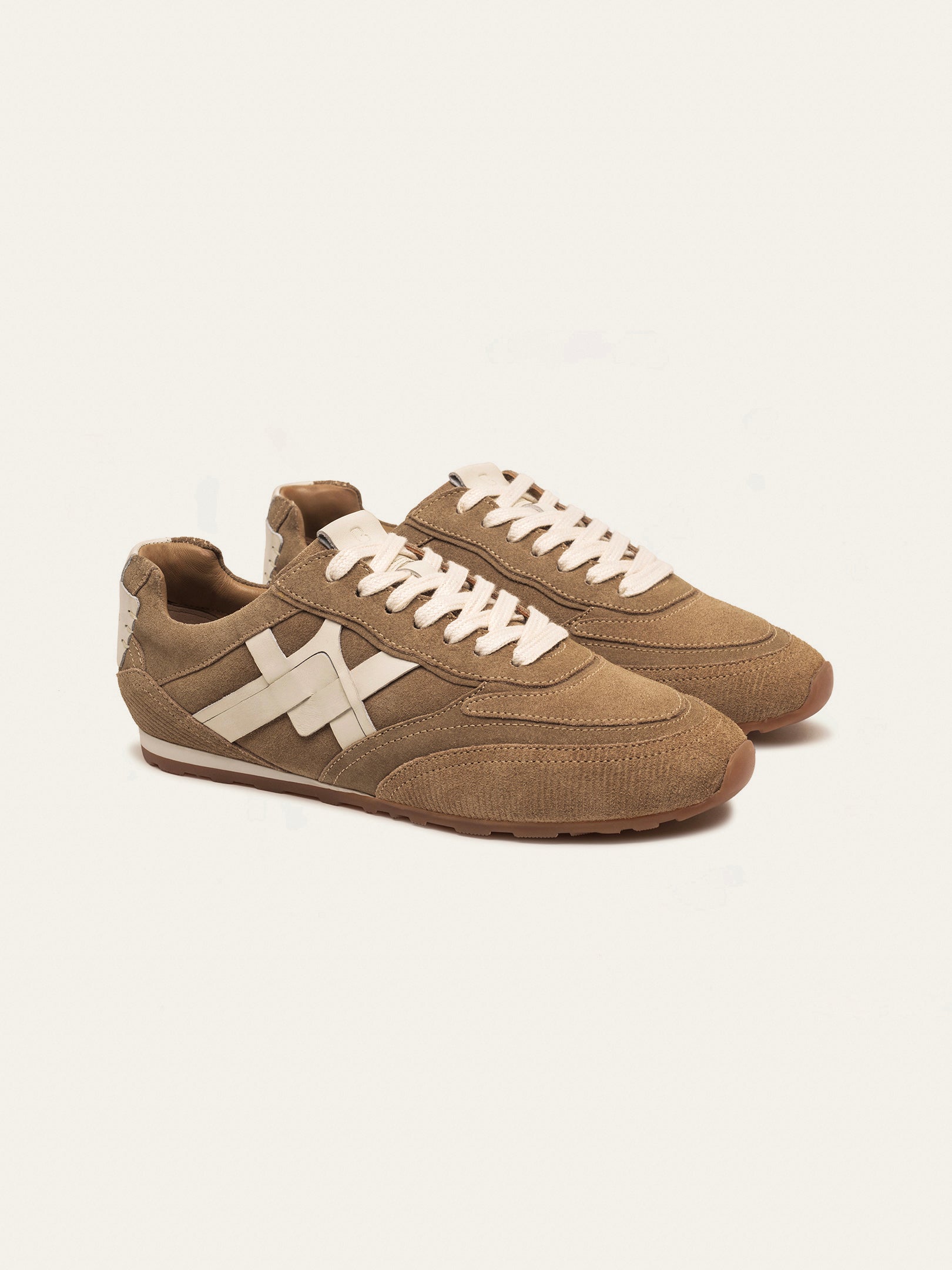
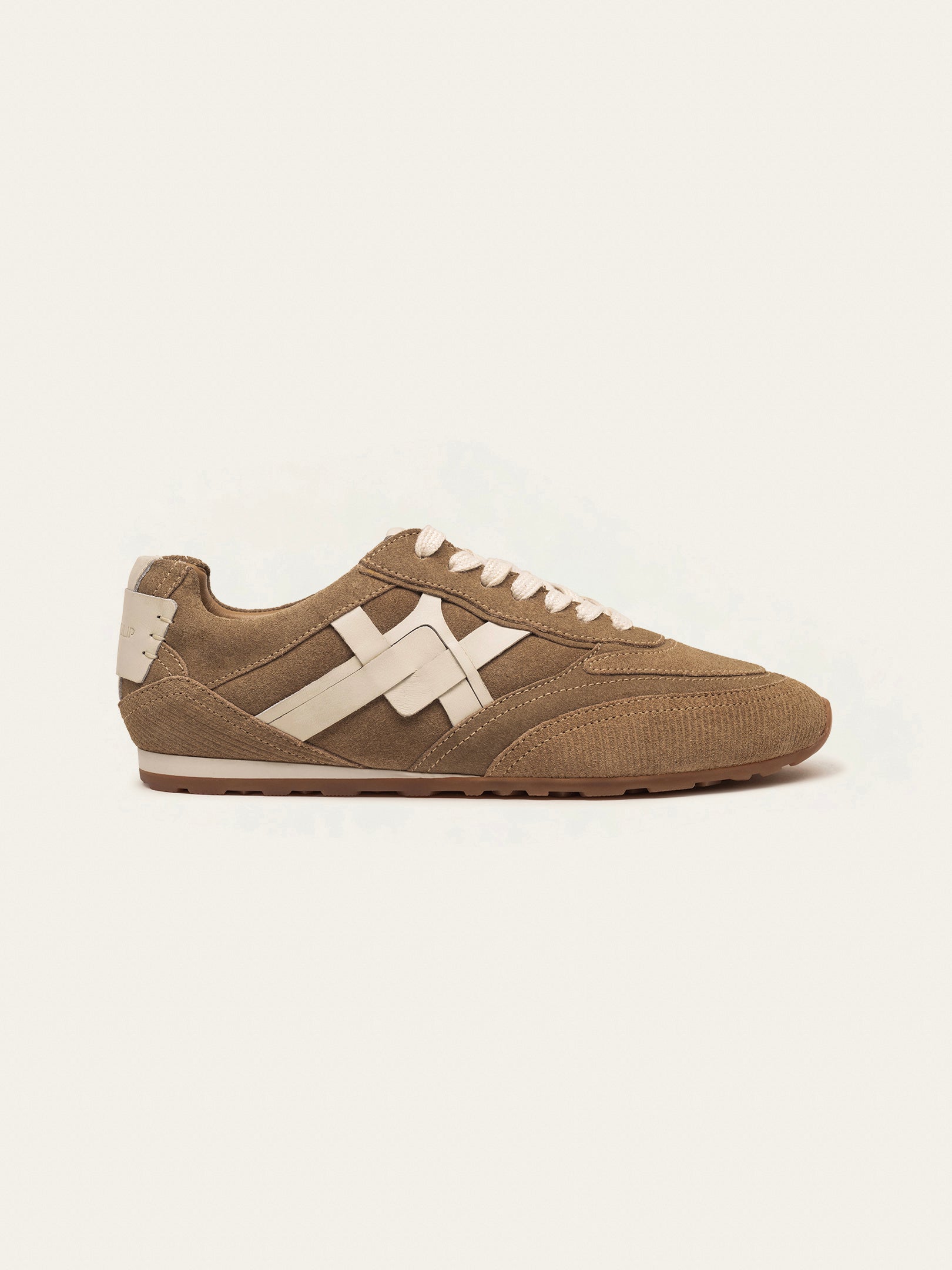
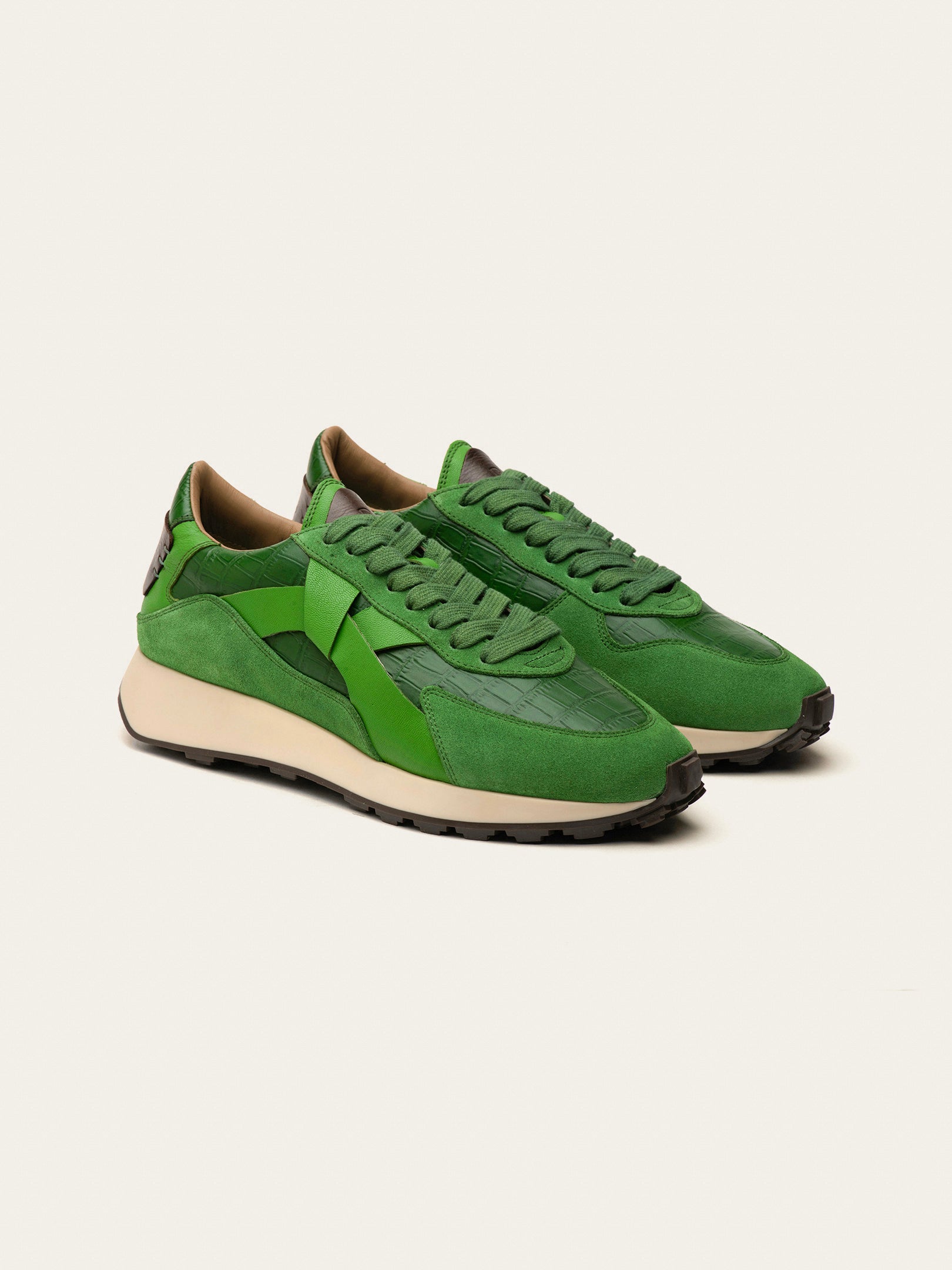
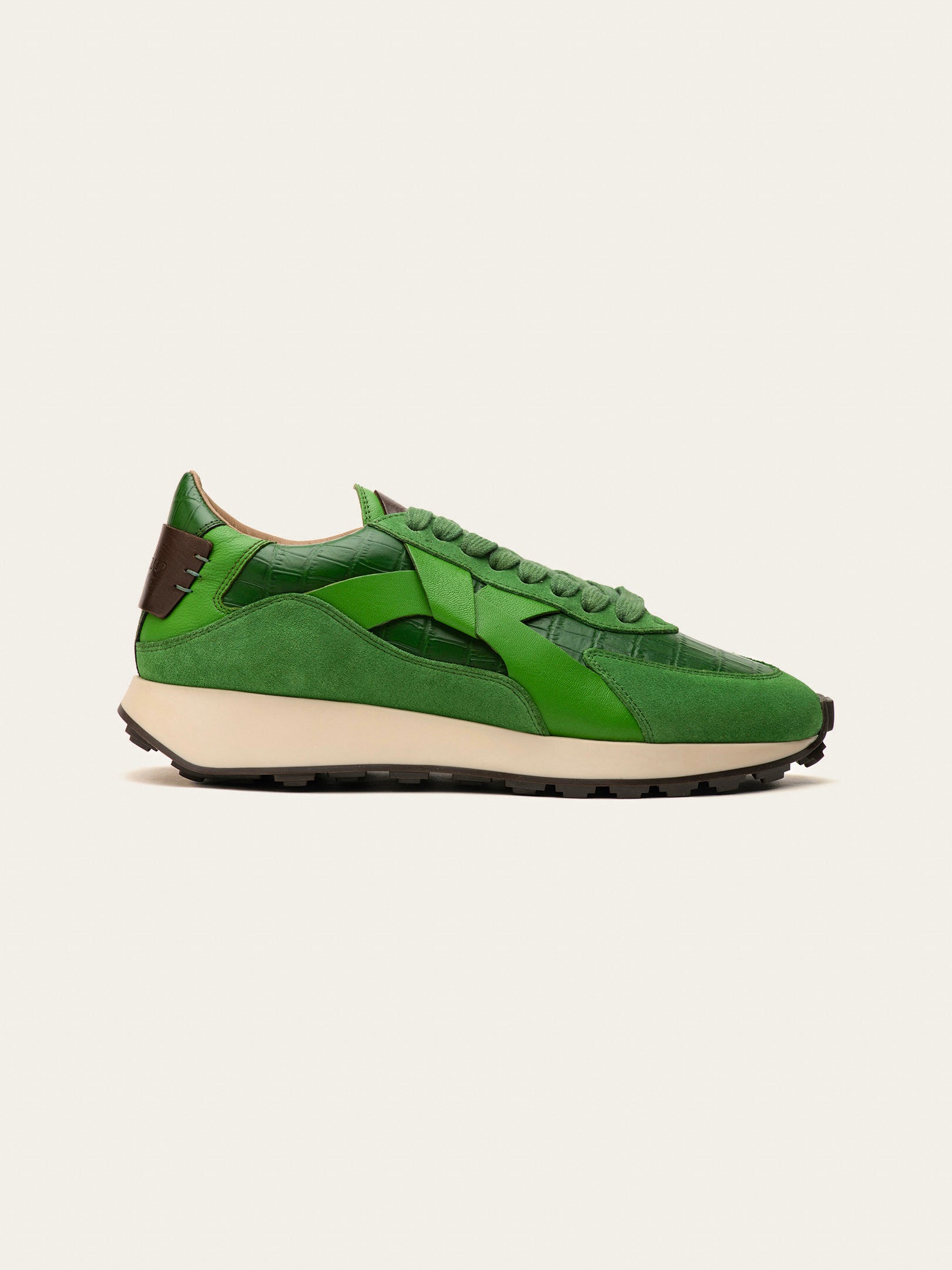

![Why Wide Fit Trainers Changed My Life: A Shoe Expert's Guide [2025]](http://blacktulipstudio.com/cdn/shop/articles/Blog_Img_3_8ce33137-6433-4543-8374-a7b009c05ff2.png?v=1763668125&width={width})

![Retro Runners vs Modern Trainers: A Real Runner's Guide [2025]](http://blacktulipstudio.com/cdn/shop/articles/blog-mobile_ec9ed0c4-2e29-4327-8733-eae234cb618c.png?v=1758780707&width={width})



